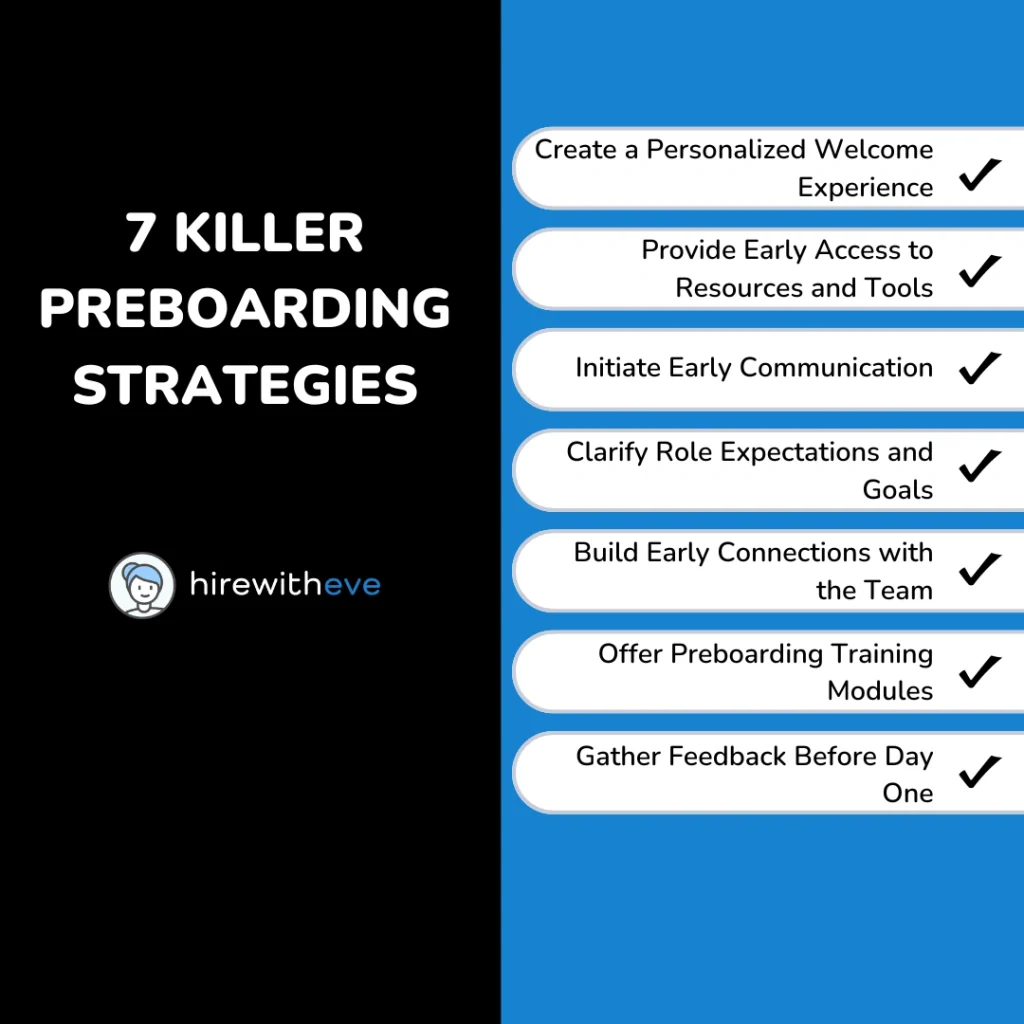7 Killer Preboarding Strategies for HR Professionals to Prepare

In the ever-evolving world of talent acquisition and HR management, measuring performance and risk is crucial for ensuring the success of hiring strategies. As talent acquisition specialists and HR managers, you’re constantly navigating key metrics that help refine your hiring processes.
One critical comparison that often arises is KPI vs KRI. These two metrics, while related, serve different purposes and can dramatically impact your decision-making processes.
When managing a talent acquisition process, measuring both success and potential risks is key. Metrics like KPI vs KRI help provide structure and clarity, allowing HR managers and talent acquisition specialists to track not only how well they are doing but also what risks may be on the horizon.
Though KPIs and KRIs sound similar, they focus on distinct areas — KPIs on performance, and KRIs on risk. Understanding these metrics can transform your talent strategy, helping you make better-informed decisions.
In this blog, we will break down KPI vs KRI, explaining what each term means, how they differ, and why understanding these differences is essential to your role. By the end of this article, you will have a clear understanding of KPI vs KRI, including a detailed comparison to help you apply these concepts in your talent acquisition efforts.
What are Preboarding Strategies?
Key Risk Indicators (KRIs), on the other hand, focus on identifying potential risks that could derail your talent acquisition strategies. While KPIs measure success, KRIs look ahead to anticipate challenges or risks that could negatively impact your ability to meet your goals.
In talent acquisition, KRIs might include:
Talent Shortages: Indicators showing a declining number of candidates in key roles or industries.
Candidate Drop-off Rates: A measure of the number of potential candidates who leave the hiring process.
Turnover Rates: A sign that internal dissatisfaction may lead to higher attrition, affecting your long-term recruitment needs.
KRIs serve as early warning signals. For instance, if your industry is facing a shortage of skilled professionals, knowing this in advance through KRIs allows you to develop proactive strategies, such as expanding your talent pool or offering more competitive benefits.
While KPIs tell you how well you are currently performing, KRIs help you foresee obstacles that could affect future performance. Now, let’s dive into a direct comparison of KPI vs KRI.
What are the 7 Killer Preboarding Strategies for HR Professionals to Prepare?

Strategy 1: Create a Personalized Welcome Experience
The first step in effective preboarding is creating a personalized welcome experience for the new employee. Sending generic materials may make a new hire feel like just another cog in the machine. Instead, use Preboarding Strategies that focus on the individual. Whether it’s a custom welcome kit with the company’s branded items or a personalized email from a future colleague or manager, this small effort can make a huge difference.
You can also go a step further by creating a welcome video from the leadership team or showcasing the company culture in a way that resonates with the new hire’s interests. The idea is to build excitement and make the new employees feel like they belong before they even walk through the door.
Strategy 2: Provide Early Access to Resources and Tools
Another essential element of Preboarding Strategies is providing early access to resources and tools that the new hire will need. This includes sending information like handbooks, guides, and training materials before their start date. It could also mean giving them access to the company’s digital platforms so they can familiarize themselves with the systems they’ll be working on.
Providing early access ensures that the employee won’t waste time on their first day figuring out the basics. It also allows them to ask questions in advance, making them feel more prepared and confident. A well-prepared employee is more likely to be productive from day one.
Strategy 3: Initiate Early Communication
Preboarding Strategies should include open lines of communication even before day one. Early communication from HR or the new hire’s manager fosters a sense of belonging and reduces any anxiety they may have about joining the company.
You can use communication channels like email, video calls, or even a dedicated chat group to keep the new hire engaged. This also allows HR to provide essential updates about the company, their department, and any preparatory steps the employee needs to take. A simple check-in can go a long way in setting a positive tone for their future with the company.
Strategy 4: Clarify Role Expectations and Goals
One of the most important Preboarding Strategies is to set clear expectations about the role. Many new hires experience confusion about their responsibilities, especially if they haven’t had clear communication from their future team. This is why it’s critical to outline key job responsibilities, expectations, and goals well before their first day.
Having this clarity will enable the employee to come in ready to contribute. HR professionals should work closely with department managers to outline not just immediate tasks but long-term objectives as well. By setting clear goals, you ensure that the new hire understands how their role fits into the bigger picture.
Strategy 5: Build Early Connections with the Team
Team dynamics are crucial to long-term employee satisfaction, making this an integral part of Preboarding Strategies. Encourage early team engagement by arranging virtual or in-person meetups before the new hire’s start date. Building rapport with team members early helps the new employee feel more comfortable and included from the start.
Setting up a casual lunch or a virtual coffee chat can give the new hire a chance to get to know their colleagues in a low-pressure environment. These early interactions foster a sense of community and camaraderie, which can be critical for retention in the long run.
Strategy 6: Offer Preboarding Training Modules
If the new role requires specific skills or knowledge, why wait until day one to begin training? Incorporating preboarding training modules is one of the most effective Preboarding Strategies for HR professionals. Whether it’s a compliance course or an introduction to company software, providing training ahead of time allows new hires to ease into their responsibilities.
Preboarding training also ensures that employees won’t be overwhelmed by information overload on their first day. By breaking up the learning process and allowing them to go at their own pace, you improve retention and comprehension of the materials.
Strategy 7: Gather Feedback Before Day One
One overlooked but critical Preboarding Strategy is gathering feedback from the new hire before their first day. This could involve sending a short survey or asking for feedback during a check-in call. By understanding their concerns or questions, HR can proactively address any issues before the employee’s first day.
Asking for feedback also sends a positive message — that the company values their input and is committed to making the onboarding process as smooth as possible. It’s a small but impactful way to enhance the preboarding experience.
Conclusion
Preboarding Strategies are essential for setting the stage for a successful onboarding process. By focusing on personalized experiences, early communication, and setting clear expectations, HR professionals can help new hires feel welcome, informed, and ready to contribute. Effective preboarding not only enhances employee satisfaction but also boosts productivity and retention rates.
In today’s competitive job market, the employee experience starts well before day one. By implementing these seven killer Preboarding Strategies, HR professionals can make a lasting impression that leads to long-term success for both the employee and the organization.
By focusing on these strategies, companies can not only reduce turnover but also build stronger, more engaged teams.
